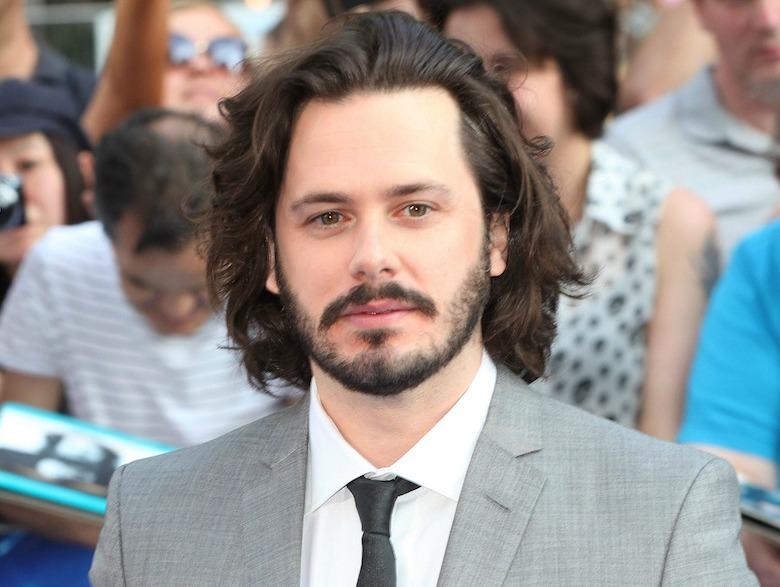In the vibrant realm of modern cinema, few directors have carved out a niche as distinct and exhilarating as Edgar Wright. With a signature blend of music, comedy, and action, Wright’s films are a symphony of visual and auditory delights, drawing audiences into a whirlwind of kinetic storytelling. From the pulse-pounding rhythms of “Baby Driver” to the cleverly orchestrated chaos of “Shaun of the Dead,” Wright’s oeuvre is a testament to his mastery of genre fusion. This article delves into the mind of the visionary filmmaker, exploring the creative alchemy that transforms his cinematic visions into unforgettable experiences. Join us as we journey through the innovative landscape of Edgar Wright’s filmography, where every beat, laugh, and explosion is meticulously crafted to leave a lasting impression.
Crafting Cinematic Rhythm: The Art of Synchronizing Sound and Scene
Edgar Wright’s films are a masterclass in the intricate dance between sound and visuals, where music becomes an integral character within the narrative. His ability to synchronize sound with scene is nothing short of genius, creating a seamless blend of music, comedy, and action that elevates each frame. Wright’s signature style is characterized by his meticulous attention to rhythm, where every beat and note is carefully choreographed to enhance the storytelling experience.
- Precision Editing: Each cut and transition aligns perfectly with the musical score, creating a dynamic flow that keeps audiences engaged.
- Soundtrack as Narrative: Songs are not just background elements; they drive the plot, evoke emotions, and amplify comedic timing.
- Action Synchronicity: Fight scenes and chase sequences are orchestrated to the rhythm of the music, transforming them into captivating visual symphonies.
By weaving music into the fabric of his films, Wright crafts a unique cinematic rhythm that resonates with viewers long after the credits roll.

Comedic Timing: How Humor Enhances Narrative Flow
Edgar Wright’s mastery of comedic timing is an essential element that seamlessly enhances the narrative flow in his films. By intertwining humor with the storyline, he creates a rhythm that keeps audiences engaged. Wright’s technique involves precise cuts and edits, often syncing comedic beats with visual gags and dialogue. This approach not only punctuates the narrative but also builds a unique pacing that guides viewers through the story effortlessly.
- Visual Comedy: Clever use of camera angles and rapid cuts to emphasize jokes.
- Dialogue Timing: Sharp, witty exchanges that elevate character interactions.
- Musical Beats: Integrating music to accentuate comedic moments and transitions.
Wright’s ability to blend comedy with action scenes is particularly noteworthy. By introducing humor into intense sequences, he diffuses tension and creates a dynamic contrast that enhances the viewer’s experience. This balance of laughter and adrenaline keeps the narrative fresh and engaging, showcasing his skill in crafting stories that are as entertaining as they are compelling.

Action with a Beat: Creating Pulse-Pounding Sequences
Edgar Wright’s films are a masterclass in marrying rhythm and visuals to create pulse-pounding action sequences. By meticulously syncing movement to music, Wright crafts scenes that feel both dynamic and harmonious. This technique isn’t just about adding a soundtrack; it’s about weaving the score into the very fabric of the narrative, turning every punch, car chase, or comedic fall into a choreographed dance.
- Seamless Transitions: Wright often employs match cuts and quick edits that align with musical beats, ensuring a fluid progression from one scene to the next.
- Character-Driven Beats: Characters in Wright’s films frequently interact with their environment in rhythm, whether it’s a gunfight timed to Queen’s “Don’t Stop Me Now” or a heist synced to the pulse of “Bellbottoms”.
- Layered Soundscapes: Beyond the obvious musical tracks, Wright layers sound effects and dialogue to maintain a consistent tempo, creating a multi-dimensional auditory experience.
This symphonic approach to filmmaking not only amplifies tension and excitement but also provides an immersive experience, drawing audiences into a world where action and music are inextricably linked.

Inspiration and Innovation: Learning from Wrights Unique Style
Edgar Wright’s cinematic universe is a masterclass in marrying diverse elements to create a unique storytelling experience. His signature style hinges on the seamless blend of music, comedy, and action, crafting a rhythm that resonates with audiences. By synchronizing soundtracks with action sequences, Wright creates an immersive experience that transforms the ordinary into the extraordinary. The meticulous selection of tracks not only enhances the narrative but also serves as a character in itself, driving the plot forward with an energetic pulse.
- Quick Cuts and Visual Gags: Wright’s use of rapid editing and clever visual humor keeps viewers engaged and entertained.
- Character-Driven Stories: Despite the chaos, his films remain deeply rooted in character development, ensuring emotional investment.
- Innovative Scene Transitions: Creative transitions maintain the film’s momentum, keeping the audience on their toes.
By embracing these elements, Wright’s films not only entertain but also inspire, inviting filmmakers to explore the endless possibilities of innovative storytelling.

